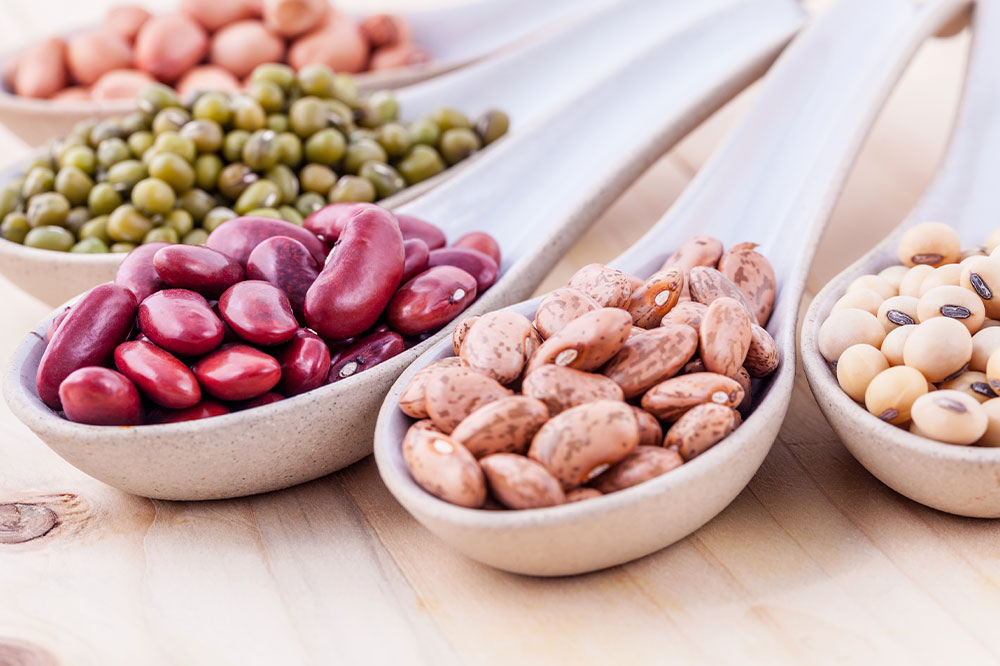
Top tips for managing rheumatoid arthritis
Rheumatoid arthritis is a chronic condition that affects one’s joints. In some cases, it can also damage several other body systems like blood vessels, the heart, lungs, eyes, and skin. It is an autoimmune disorder that occurs when your immune system starts mistakenly attacking your body’s tissues. The condition affects the joint’s lining, resulting in painful swelling, which can later cause joint deformity and bone erosion. Here are some treatment measures for rheumatoid arthritis:
Treatment options for rheumatoid arthritis
Actemra®
It is a prescription, FDA-approved biological therapy for relief from rheumatoid arthritis. Actemra ® helps lower the inflammation in the body by directly blocking the action of a protein in your body called interleukin-6 (IL-6). Your doctor may administer it as a subcutaneous or intravenous injection. The former is administered at home or at a medical facility, but the latter is given solely at a medical facility.
Plaquenil
It is an FDA-approved prescription treatment that helps treat acute and chronic rheumatoid arthritis. It helps manage symptoms such as stiffness, inflammation, joint pain, and swelling. It is to be taken exactly as per the recommendation of one’s primary healthcare professional.
Rinvoq®
Rinvoq ® helps treat moderate to severe cases of rheumatoid arthritis in adults when tumor necrosis factor blockers were used but could not be tolerated or did not work well. This treatment option can affect your immune system adversely, making you susceptible to fatal or severe infections. So, get in touch with your doctor if you experience weight loss, diarrhea, skin sores, cough, tiredness, fever, aches, chills, or a burning sensation while urinating.
Trexall
It is a treatment measure for severe rheumatoid arthritis and juvenile rheumatoid arthritis. It is an antimetabolite treatment. Trexall not only helps manage swelling in the joints, but it can also help decrease damage to them and any long-term disability due to the condition.
Foods to eat and avoid for managing rheumatoid arthritis
Foods to eat
Beans
Beans are fiber-rich and can lower C-reactive protein levels in the body. They also help keep the joints and muscles strong. Kidney, red, and pinto beans are rich in potassium, zinc, magnesium, and folic acid, which help maintain heart health and a strong immune system.
Green leafy vegetables
Veggies like broccoli, Brussels sprouts, spinach, bok choy, Swiss Chard, and kale are rich in Vitamin K, C, and A. These protect your body from free radical damage. In addition, these are also rich in calcium, which helps strengthen your bones and reduce pains associated with rheumatoid arthritis.
Olive oil
Olive oil contains compounds like oleocanthal, which lowers the chemical production responsible for inflammation. Olive oil is healthy for the heart compared to the other cooking oils, especially extra-virgin olive oil. It is acquired from the initial olive pressing and is rich in nutrients.
Foods to avoid
Fried foods and omega-6 fatty acids
Irrespective of the oil used, fried foods have a high trans-fat content. Having fried foods regularly can heighten inflammation in the body. Avoid oils like coconut oil, lard, butter, shortening, and margarine. These are saturated fats and can worsen rheumatoid arthritis symptoms considerably. Also, corn and vegetable oils are rich in high omega-6 fatty acids; it is best not to cook all your food in them.
Refined sugar and carbohydrates
Refined sugars present in items like soft drinks and packaged foods like store-bought cookies, donuts, and pastries can cause rheumatoid arthritis symptoms to flare up. So, when you go grocery shopping, read the packaging label, and avoid everything with glucose and fructose. White bread and some baked goods too have sugar in them and must be had infrequently.
Salty foods
Of course, some salt is not bad for you, but excessive salt and other preservatives can result in inflammation in the body. Ready-made and processed foods also have a high salt content. So, look for low-salt alternatives, or replace salt with spices and herbs for flavor.
Lifestyle tips for managing rheumatoid arthritis
Stay hydrated
To keep rheumatoid arthritis symptoms in check, you must stay well-hydrated and drink plenty of water. Dehydration results in fatigue, worsens cognitive function, slows metabolism, and causes kidney stone development. Poor hydration also causes joint pain and swelling, aggravating the condition.
Don’t sit for hours
Rheumatoid arthritis symptoms aggravate when you are still for a prolonged period. So, always look for more opportunities to move, even if it is something simple like walking around the block or getting the mail. Some people may find exercising challenging, but low-impact workouts like yoga can relieve stiffness and strengthen the muscles.
Get adequate rest
If you are experiencing any symptom flare-ups, it is vital to rest and give your joints a chance to heal. You can resume exercise after the symptoms subside. In case of doubt, please speak to your healthcare provider to know when it is ideal to start exercising again.
Manage your stress levels
Stress can trigger rheumatoid arthritis symptoms to flare up. It also aggravates other conditions like fibromyalgia. Indulge in relaxation techniques and regular exercise to manage stress and keep inflammation in check. It is advisable to dedicate an hour daily to listen to relaxing music, meditate, and take a brief walk.
Practice Tai Chi
It is a movement therapy involving stretches and gentle exercises with deep breathing. Some people use this technique to reduce stress in their lives. Tai Chi also helps better the quality of life and uplift one’s mood. It is best to do it under the supervision of a knowledgeable instructor.
The disability and pain associated with rheumatoid arthritis can affect your family and work life. It may also result in low self-esteem, feeling of helplessness, anxiety, and depression. Speak to your nurse or doctor about techniques and strategies for coping. Over time, you will discover the things that work best for you and lead a normal and active life.


